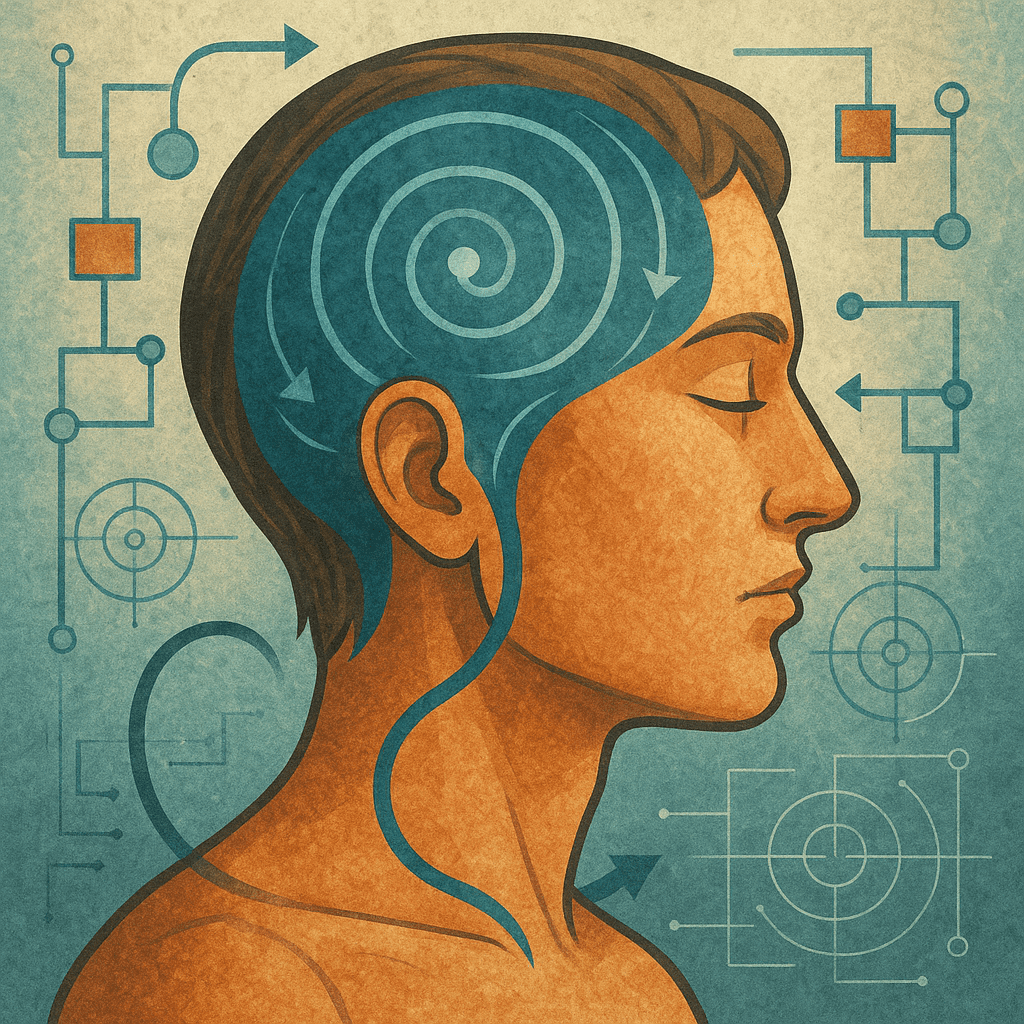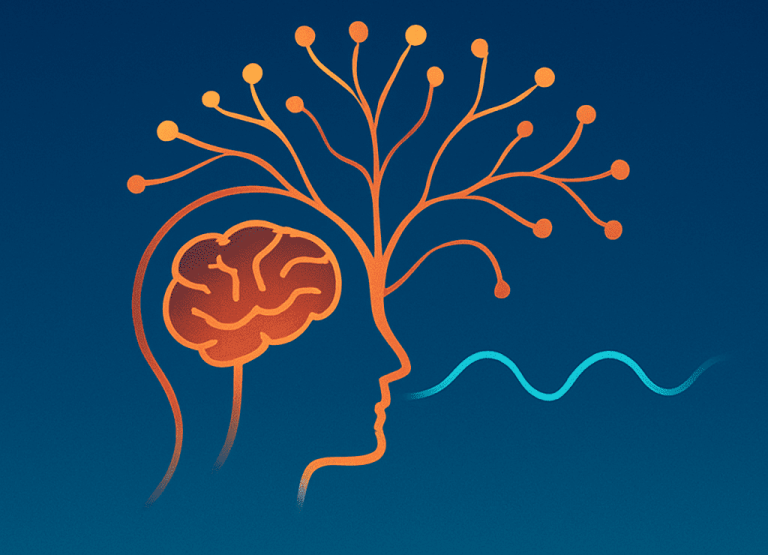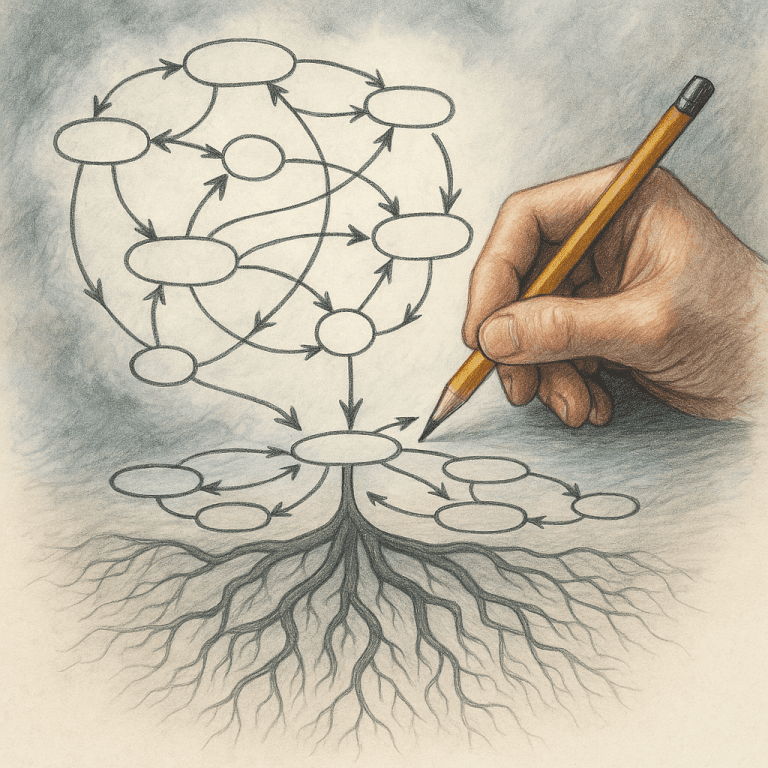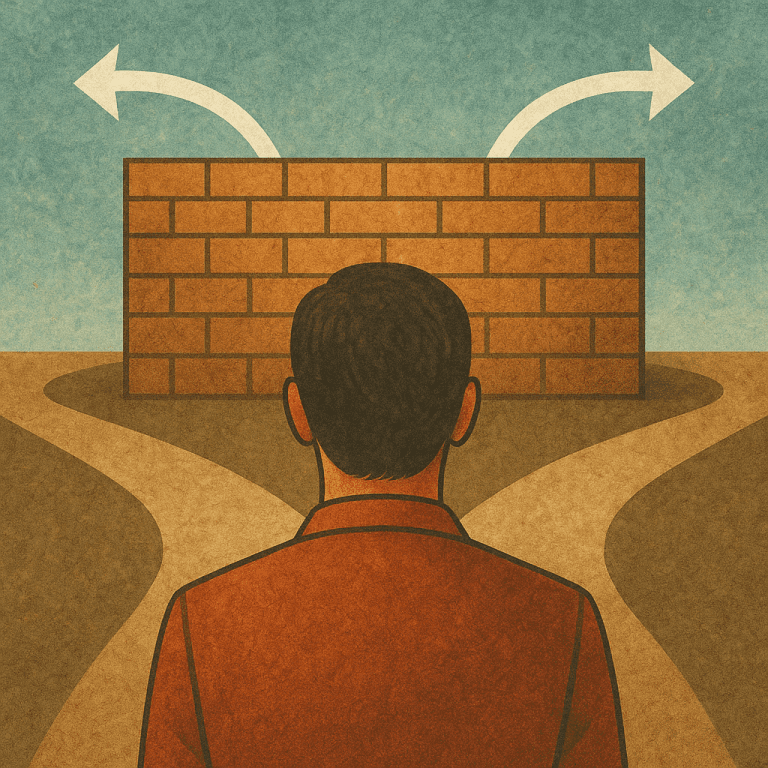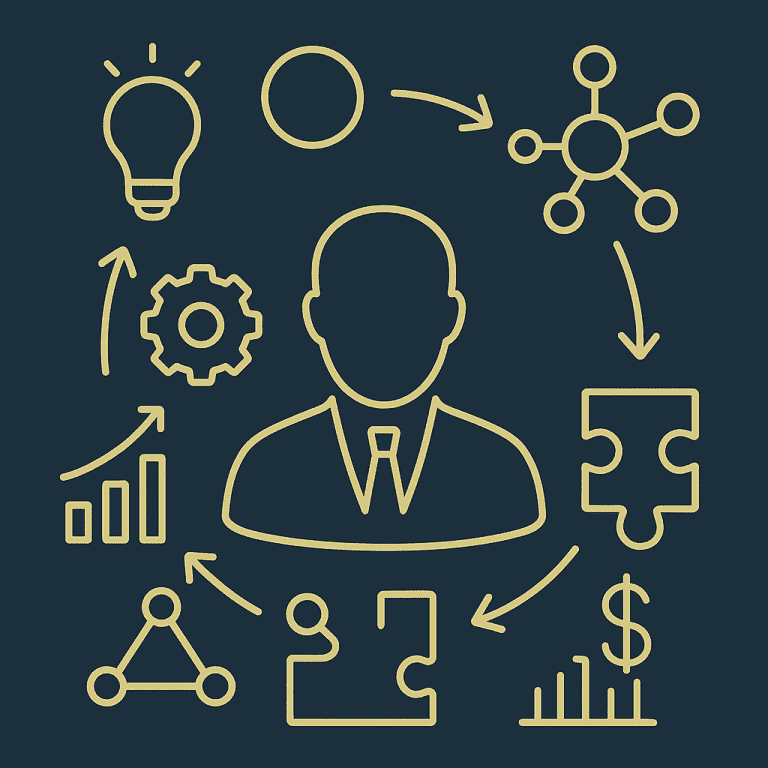Using Systems Thinking for Personal Growth and Lasting Learning
We’ve explored systems thinking across landscapes — governments, technology, sustainability, organizations. But no system is more immediate, more intimate, or more powerful than the one you carry within:
Your own inner system.
You are not just a title or a résumé.
You are not merely a list of skills or achievements.
You are a living, breathing, evolving system —
A dynamic interplay of beliefs, emotions, patterns, values, memories, fears, hopes, and daily decisions.
And like any complex system, your inner world runs on feedback loops:
- You find yourself stuck in the same recurring conflicts.
- You repeat certain reactions, despite knowing better.
- You strive to grow, yet fall into familiar delays.
- You try to change — but the system resists.
The truth is: we don’t just work with systems.
We are systems.
So what happens when systems thinking — this powerful lens we apply to policy, design, and organizations — turns inward?
Something deeply transformative begins.
🧠 1. Critical Thinking as System Awareness
From knowing more to seeing deeper
Critical thinking isn’t just about analyzing facts or debating opinions. It’s about seeing the deeper structure behind your own thinking:
- What assumptions shape how you interpret events?
- What beliefs drive your reactions?
- What loops reinforce what you already “know”?
Systemic Insight:
Thoughts don’t arise in isolation. They’re shaped by your experiences, environment, and unconscious beliefs.
Like any self-organizing system, your mind seeks reinforcement:
You notice what confirms what you already believe — and ignore what challenges it.
This is confirmation bias — an invisible but powerful feedback loop within your cognitive system.
Action Points:
☑ When you feel strong resistance or reactivity, pause.
☑ Ask: “What loop is being triggered right now?”
☑ Reflect: “Is this about the facts — or about something deeper I believe about myself or the world?”
🧩 2. Personal Problem-Solving as Loop Diagnosis
From trying harder to changing structure
We often respond to personal problems with effort. We push, we hustle, we double down.
But effort alone doesn’t break a system — it just pushes against it.
Why do we procrastinate, overcommit, or fall into reactive patterns, even when we know better?
Because those behaviors are reinforced by loops we haven’t seen.
Systemic Insight:
- Every behavior — even a “bad” one — serves a purpose in the system.
- Procrastination might relieve stress temporarily. Overcommitment might win approval.
- The short-term rewards create reinforcing loops that maintain the pattern.
Example:
You always say “yes” to new work, even when overwhelmed.
Why? Because saying yes gives you a quick hit of validation.
But over time, the loop leads to burnout — and eventually, diminished performance or resentment.
Action Points:
☑ Pick one recurring frustration in your life.
☑ Map the loop: What triggers it? What rewards it? What fear or belief sustains it?
☑ Now, instead of trying harder — redesign the loop.
Change the trigger, the reward, or the underlying belief.
💓 3. Emotional Intelligence as Feedback Mastery
From reaction to reflection
Your emotions are not flaws or noise.
They’re real-time feedback from your inner system.
Each one carries a message:
Fear, anger, guilt, joy — all signal what matters, what’s threatened, or what’s needed.
Systemic Insight:
- Emotions often operate in loops.
- Shame → isolation → more shame.
- Frustration → control → more frustration.
Left unexamined, these loops quietly govern your life.
Example:
You freeze during high-stakes meetings. Not because you lack skill — but because an old loop kicks in:
Fear of judgment → hesitation → perceived incompetence → more fear.
The system reinforces itself.
Action Points:
☑ When you’re triggered, pause.
☑ Ask: “What message is this emotion sending me?”
☑ Trace the loop. What belief is it protecting? What fear is it built around?
📚 4. Becoming a Learning System (Peter Senge)
From static self to adaptive self
Peter Senge taught us that a learning organization is one that expands its capacity to create its future.
You can become that.
A learning individual — a self-evolving system.
But learning requires something rare:
- The courage to challenge your own assumptions.
- The humility to see yourself as part of something larger.
- The patience to grow through feedback — not perfection.
Systemic Insight:
You’re not broken.
You don’t need to be “fixed.”
You are a dynamic, open system — capable of redesign, reflection, and renewal.
Example:
A leader struggles with team disengagement.
They map their own loop: micromanagement → lack of trust → more micromanagement.
Instead of just changing behavior, they shift the system: from control to trust.
The result? A self-organizing, empowered team.
Action Points:
☑ Practice double-loop learning:
Not just “What did I do wrong?”
But “What mindset led me to act this way?”
And “What new belief would create a better loop?”
📝 Mini-Practice: Daily Journaling for Inner System Clarity
Take just 5 minutes a day to reflect on your internal system.
Use one of these prompts:
- “Today I noticed a pattern…”
→ What loop is behind it? - “I reacted strongly to…”
→ What belief or fear was activated? - “I’ve been avoiding…”
→ What short-term reward keeps me stuck? - “If I changed one part of this system…”
→ What new outcome might emerge?
You don’t need diagrams — just curiosity and honesty.
Over time, you’ll begin to see yourself not as something to fix, but a system to understand.
One that can be gently, intentionally redesigned.
🧠 Final Thought
We often believe systems thinking is for the outside world:
Organizations, cities, technologies, crises.
But the most important system you’ll ever work with is inside you.
Your thoughts are loops.
Your habits are structures.
Your growth is feedback in motion.
And when you apply systems thinking inward — with humility, clarity, and intention — you unlock a rare kind of power:
The power to design a life that isn’t just efficient…
…but coherent.
Not just successful…
…but resilient.
Not just smart…
…but truly alive.
Because every system you hope to improve —
every team you lead, every client you serve —
is only as wise, adaptable, and clear as you are.
That system…
is you.
- The Whisper of the Whole: A Systems Thinking Guide for Consultants
- What is a System, Really?
- The Living Dance of Systems
- Resilience and the Wisdom of Adaptive Systems
- Roots of Insight
- The Systems Thinker’s Compass
- Drawing Complexity
- Peering Below the Surface
- Master Methodologies in Systems Thinking
- Enhancing Familiar Tools with Systems Thinking
- Transforming Business Through Systems Thinking
- Systems Thinking in Public Policy & Governance
- Sustainable Systems
- Systems Thinking for Engineering & Technology
- The Inner System: You
- The Roadblocks
- The Future of Systems Thinking
- Systems Thinking FAQ: Myths, Misunderstandings & Core Insights

